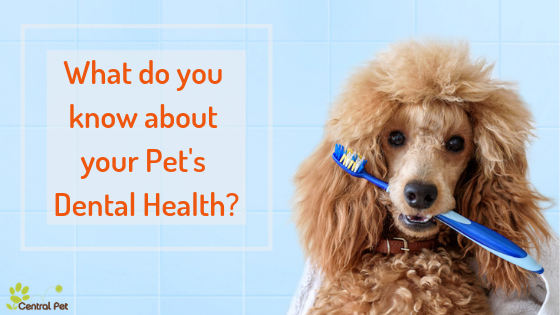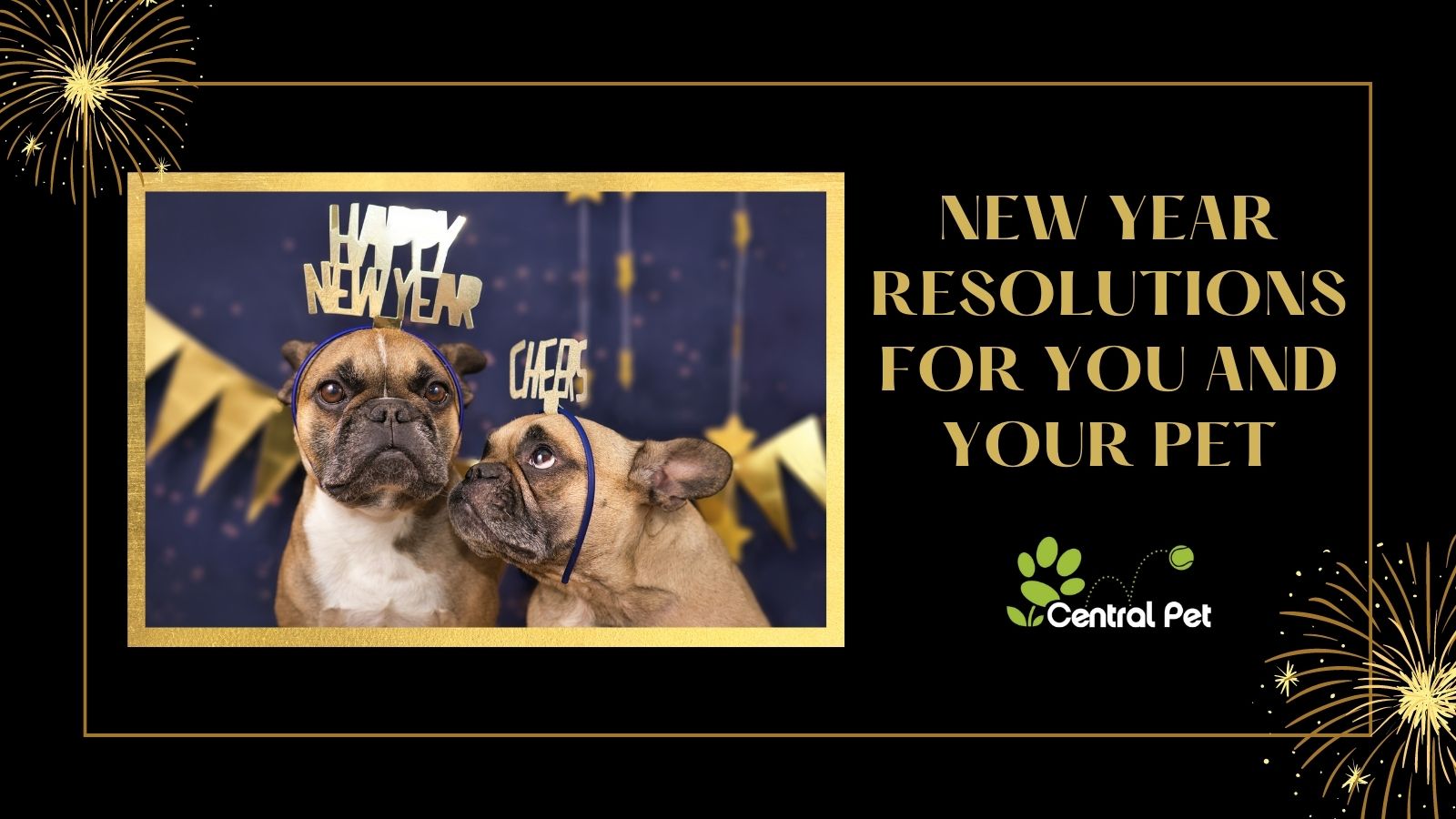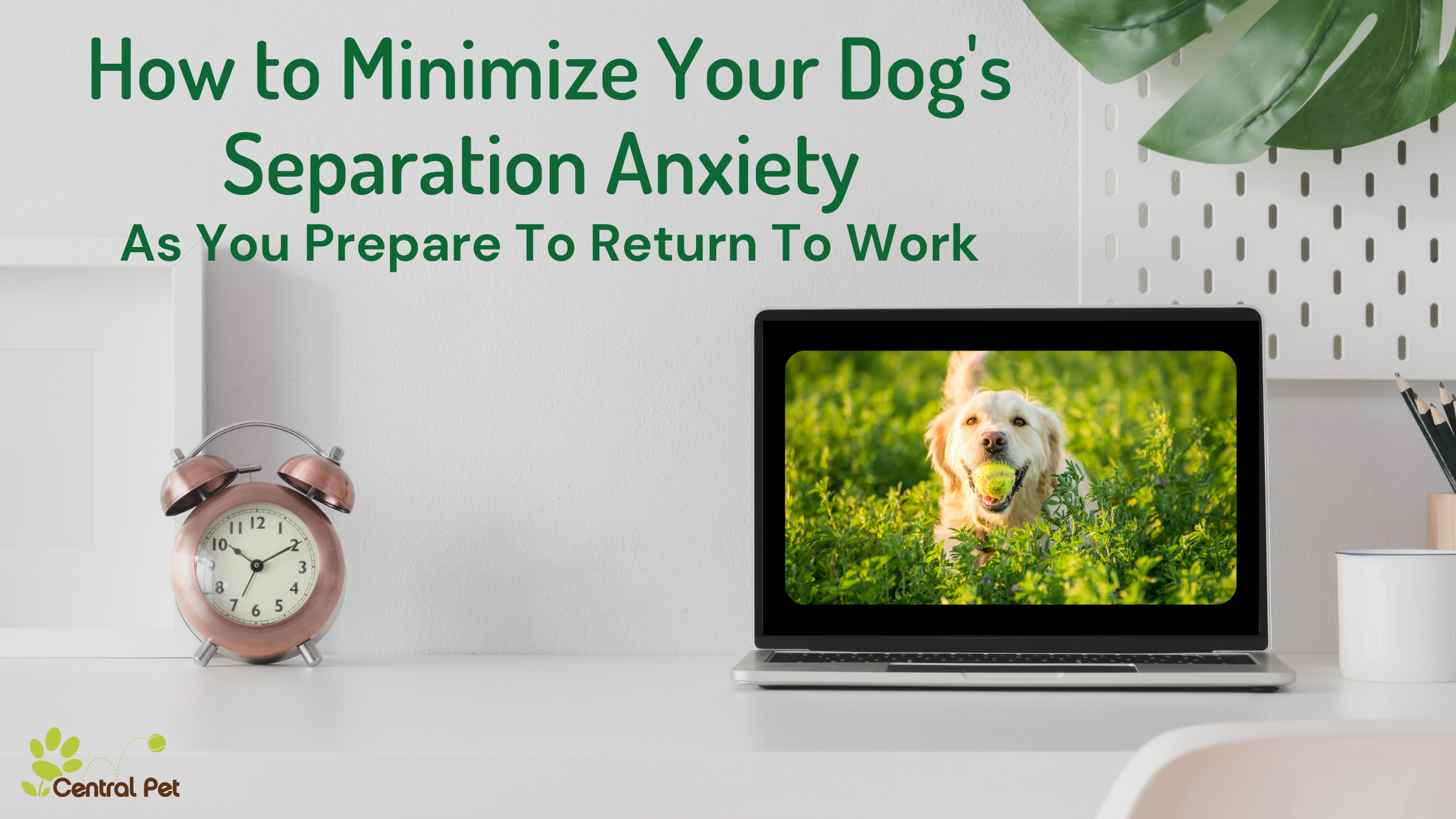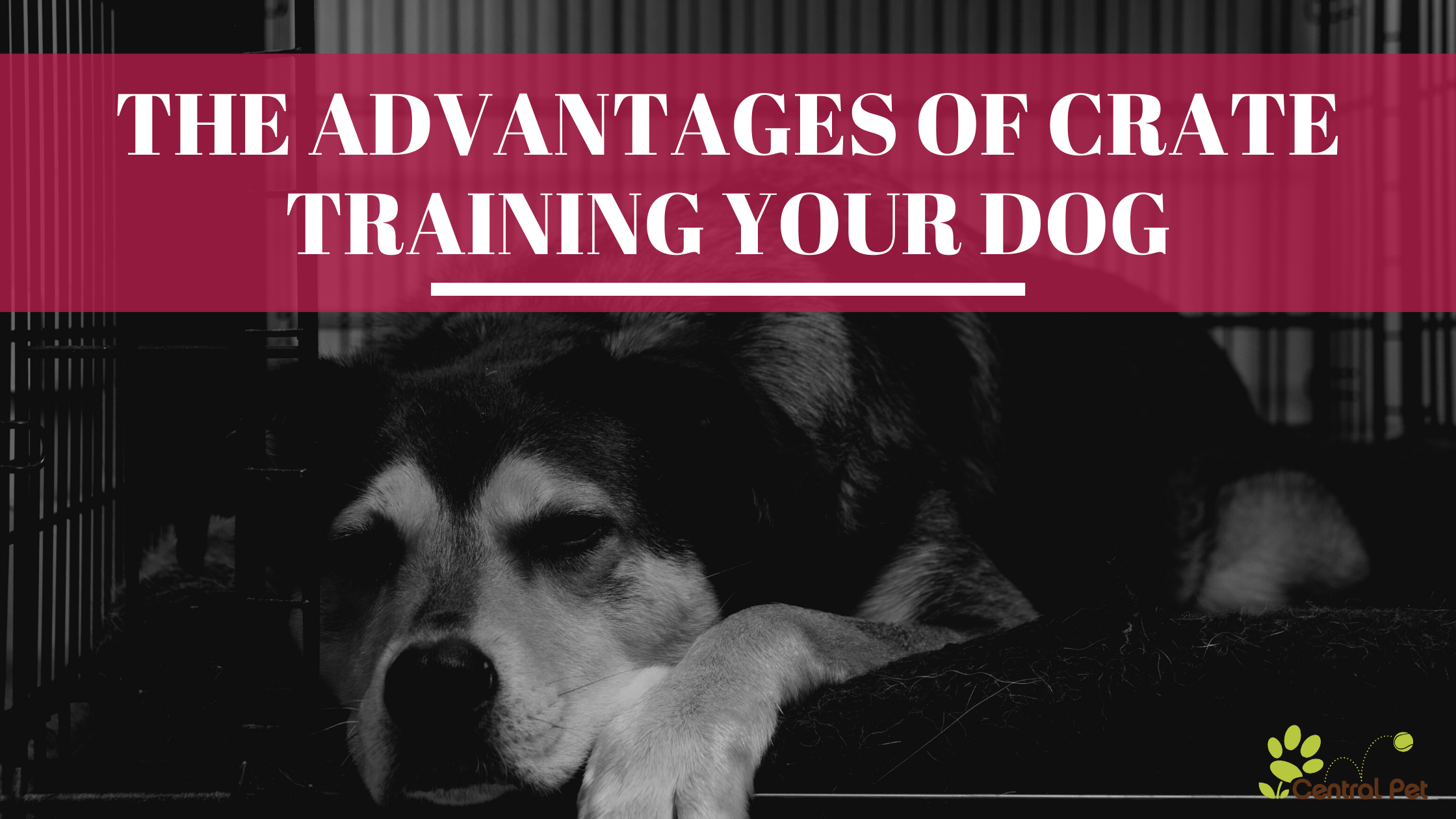You love your pet and you care about their health. You feed them quality dog food, you make sure they get plenty of exercise, and you take them to the vet for routine checkups. But how much thought have you given to their teeth?
One of the most important, yet often overlooked, factors of your dog’s overall health is oral hygiene. According to the American Veterinary Medical Association (AVMA), oral health problems, specifically periodontal disease, is the most common dental condition in dogs and cats. Furthermore, by the age of three, it is likely that your fur baby will show early evidence of it. Not only can this be painful for your pet, but it can also create other dangers regarding their overall health. Bacteria buildup that goes untreated can get into their bloodstream, affecting their liver, kidneys, or even their heart.
Common signs of oral health problems such as periodontal disease often include:
- Bad breath
- Excessive drooling
- Difficulty chewing
- Mouth sensitivity
- Pawing at the mouth
- Red or bleeding gums
- Loose or lost teeth
- Loss of appetite
- Vomiting whole pieces of food that weren’t properly chewed
- Depressed or irritable mood
On the plus side, all of these issues are preventable and treatable if caught in time. But, unlike people, your pet won’t notify you of an abscessed tooth or bleeding gums. As a pet owner, you’ll need to be diligent when it comes to your pet’s oral health. This includes having your pet’s teeth checked at least once a year by your veterinarian for early signs of a problem and to doing all you can at home to keep your pet’s mouth healthy.
Regular Brushing Can Make a Big Difference
One of the best ways to aid in your pet’s dental health is daily brushing. Now, we understand that this may not be a realistic venture for all pet owners. However, brushing even 3 times per week will significantly decrease your pet’s chances of contracting periodontal disease. 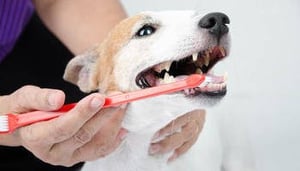
To do this, you’ll need a doggie toothbrush and canine toothpaste. Both of which can be picked up at your local pet store. Ensure that the toothbrush is the right size for your pup’s mouth or opt for a fingertip brush that slides onto the tip of your finger. Toothpastes can be purchased in a variety of flavors that will appeal to your four-legged friend. Don’t use human formulas as they contain ingredients that can be harmful to your pet if ingested.
Not every dog will be thrilled at the idea of having their teeth brushed. So, you may need to work up to it. Begin by getting your dog used to you handling their mouth. Place a small amount of peanut butter or nonfat yogurt on your fingertip and rub it along their gum line. Move around their mouth as much as possible in short increments. Repeating this over the course of a few days, prior to brushing, will help your pet adjust to the idea of having you in their mouth, as well as provide them a tasty little treat as a reward for being so cooperative.
Once this no longer phases your pup, move on to the toothbrush. Allow them to see, sniff and lick the brush if they choose. Place the flavored toothpaste on the brush and gently lift your dog’s lips in order to begin brushing. At first, you may only get a few teeth done. That’s OK! Praise them, apply a little more toothpaste, and continue to work your way around their mouth. Don’t forget to brush along the gum line as this is where most of the plaque will build up. The goal is to ensure your pet is cooperative and thinks of the brushing as a positive experience. Lots of praise and patience!
It may take a few days before your pup will let you get those back teeth. Some pups are more reluctant than others to have their mouths open that wide with a brush in there. The slow process of allowing your dog to gradually work up to this level of trust is a crucial part of ensuring that you and your pet are on the same page.
Remember, after each brushing, you should reward your pet with play time, a special treat, or some old school affection, even if the process did not go as well as you’d hoped. Having a happy ending to each brushing is a great way to help your pet be more accommodating in the future.
Additional Tips for a Clean and Healthy Pet Mouth
If your pet is having no part of it, or if your lifestyle just simply doesn’t allow for you to invest the time for regular brushing, there are other options that can help:
- Water additives. Tropiclean makes a dental water additive that we’ve seen amazing results from! Simply pour a small amount into the dish every time you refill their water. It doesn’t get much easier than that!
- Dog treats. Certain dog treats like WHIMZEE’s Natural Dog Treats make dental health fun. Their unique shapes ensure proper blood flow through the gums and prevent bad breath and the buildup of tartar.
- Marrow bones. Marrow bones are definitely something to drool over! Regular chewing not only promotes healthy teeth and gums but provides needed stimulation to your pet, PLUS they are packed full of nutrients!
- Professional grooming. If your pet won’t let you brush their pearly whites at home, consider taking him or her to a professional groomer who can do it for you.
Good oral hygiene and dental care are extremely important parts of having a healthy and happy pet. With a little patience and dedication, and a lot of positive reinforcement for your pup, it can easily become a part of your daily routine. For more information on how to properly care for your pet's teeth and prevent disease, talk to your primary veterinarian.
If you are local to the Tucson area, you can stop by Central Pet. Our trained associates would be happy to provide assistance in selecting the right dental care products for you and your pup. Or, schedule an appointment with one of our professional groomers so they can help get your pup’s oral health where it should be.
Originally published February 2018. Updated February 2019.


